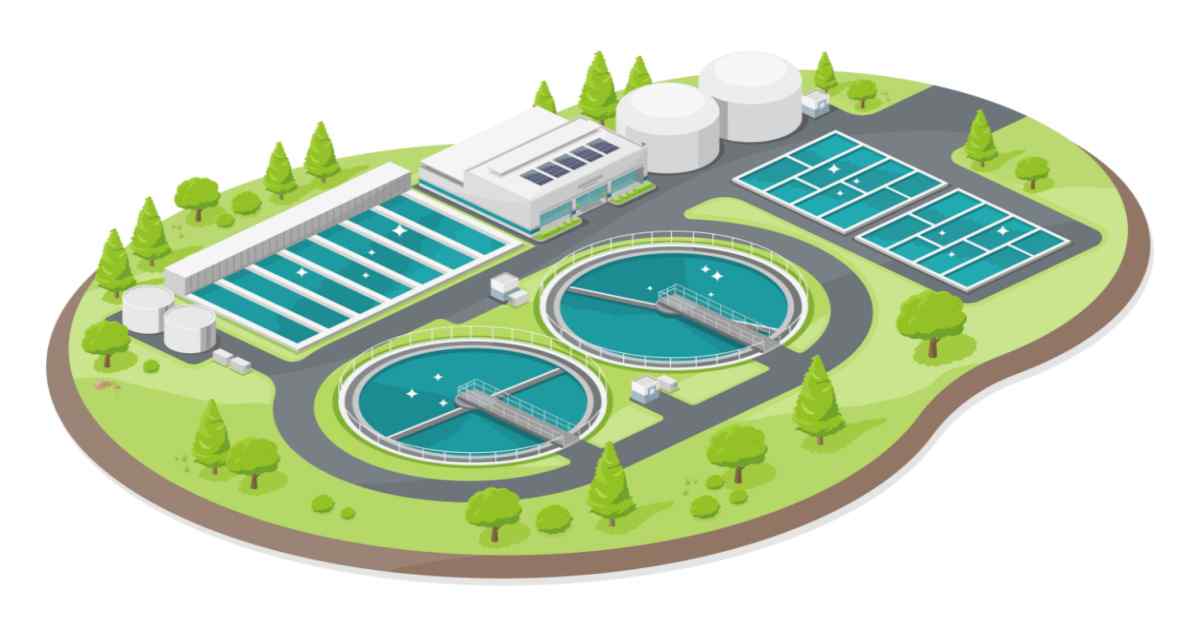Understanding Wastewater Treatment Processes and Their Environmental Impact
The details of wastewater therapy procedures play an essential duty in mitigating ecological difficulties connected with water contamination. Each stage, from preliminary to sophisticated treatments, is developed to attend to certain pollutants, eventually securing both public health and wellness and water communities.
Summary of Wastewater Treatment
How is wastewater transformed into a safe source for the setting? Wastewater therapy is an essential process created to get rid of impurities from utilized water, consequently protecting public health and wellness and protecting environments. This procedure begins with the collection of wastewater from property, industrial, and industrial sources, which is then routed to therapy facilities.
At these facilities, different physical, chemical, and biological techniques are employed to deal with the wastewater. Subsequently, organic therapies, such as triggered sludge procedures, use microbes to break down natural matter.
The dealt with effluent can be securely discharged right into natural water bodies or recycled for watering and industrial objectives, promoting source preservation. Furthermore, the therapy process creates biosolids, which can be repurposed as fertilizers or dirt amendments, additionally boosting sustainability.
Stages of Therapy Processes
The wastewater therapy procedure commonly includes 3 primary phases: preliminary, main, and secondary therapy. Each stage serves a distinct function in reducing the toxin lots and guaranteeing the effluent meets ecological criteria before discharge.

The main treatment stage concentrates on the physical splitting up of put on hold solids from the wastewater. With sedimentation, larger fragments resolve at the end of sedimentation tanks, forming sludge, while lighter products, such as oils and greases, float to the surface area and are skimmed. This procedure significantly reduces the organic and not natural lots in the wastewater.
Second therapy is an organic procedure targeted at additional decreasing the concentration of organic matter. Various methods, consisting of turned on sludge systems and flowing filters, make use of microbes to metabolize natural toxins. This stage is vital for accomplishing the needed biochemical oxygen demand (BOD) reduction, inevitably bring about cleaner effluent all set for discharge or additional treatment. Each stage is critical in safeguarding ecological and public wellness.

Advanced Therapy Technologies
Following the additional treatment procedures, progressed therapy innovations play an essential duty in more improving the top quality of dealt with wastewater. These technologies are made to get rid of residual contaminants that are not properly gotten rid of during main and secondary therapies, guaranteeing the effluent fulfills rigid governing requirements.
Amongst the widely used advanced treatment approaches are membrane purification, reverse osmosis, and advanced oxidation procedures. Membrane purification, including microfiltration and ultrafiltration, works in dividing great particles, microorganisms, and colloids from the water (Wastewater). try this site Reverse osmosis makes use of semi-permeable membranes to get rid of dissolved solids, resulting in high-quality water appropriate for numerous applications
Advanced oxidation processes (AOPs) utilize solid oxidants to degrade organic pollutants, including drugs and personal treatment products that are resistant to conventional treatment. These methods enhance the biodegradability of complicated compounds, promoting their elimination.
An additional significant modern technology is the use of biological nutrient elimination processes, which particularly target nitrogen and phosphorus, preventing eutrophication in receiving water bodies. On the whole, innovative therapy innovations are crucial for achieving greater levels of purification, promoting water reuse, and securing public health and wellness while resolving the obstacles related to wastewater monitoring.
Ecological Advantages of Therapy
Many environmental benefits occur from efficient wastewater treatment processes that add to ecosystem wellness and sustainability. Mostly, these procedures substantially minimize the launch of dangerous contaminants into natural water bodies, which helps keep marine ecosystems. By getting rid of impurities such as hefty metals, nutrients, and microorganisms, treated wastewater mitigates the threat of waterborne conditions and advertises biodiversity in marine environments.
Furthermore, wastewater treatment facilities frequently employ innovative modern technologies that allow water recycling and reuse. This practice not only preserves fresh water resources but additionally minimizes the demand on natural water products. Boosted nutrient removal from wastewater can likewise avoid eutrophication, a process that leads to algal blossoms her response and subsequent oxygen depletion in marine systems.
Furthermore, effective therapy processes can reduce greenhouse gas exhausts, specifically methane and nitrous oxide, which are often launched during unattended wastewater decay. By capturing and making use of biogas from anaerobic digesters, facilities can transform waste into eco-friendly energy, therefore adding to a decrease in nonrenewable fuel source dependence.
Difficulties and Future Trends
While the environmental advantages of wastewater treatment are clear, numerous challenges continue that hinder ideal end results in this field. One significant issue is aging framework, which frequently brings about inefficiencies and boosted functional costs - Wastewater. Lots of treatment plants were created years ago, and their capacities do not align with contemporary needs, which include stricter governing standards and greater quantities of wastewater due to urbanization

Looking ahead, there is a growing focus on source recovery and round economic climate concepts within wastewater treatment. Innovations such as anaerobic digestion, which can produce biogas, and progressed filtration modern technologies are getting traction. These methods not only enhance treatment performance however likewise promote sustainability.
Eventually, attending to these obstacles needs partnership amongst stakeholders, financial investment in modern technology, and a dedication to continuous research. By accepting these patterns, the wastewater treatment field can develop to fulfill the demands of a changing environment and culture.
Conclusion
In final thought, wastewater therapy processes play a vital duty in enhancing environmental quality and public useful site health and wellness. The multi-stage therapy framework, paired with sophisticated innovations, successfully reduces pollution and promotes sustainable water monitoring.